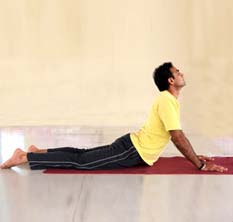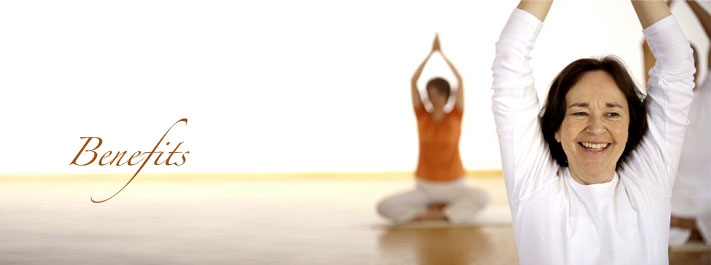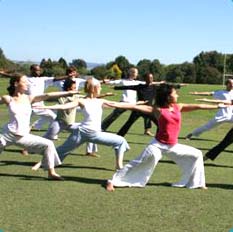But this process can be very intricate and difficult unless one is helped by an enlightened Master who has his own Kundalini fully activated, who is aware of all the processes of activation and who can activate the Kundalini of others. Inside the vertebral column, there are seven lotuses located on the Brahma Nadi. These are known as Chakra (spinal centres). Each lotus possesses different number of petals and also a distinct colour.
Amazing powers devolve on a human on activation of the Kundalini and each Chakra is related to the following attainments.
Activation of this results in riddance from tensions, true happiness, beauty, perfect health and physical strength, magnetic persona.
Activation of this results in freedom from stomach ailments, increase in sex power, and cure of sexual debility, increase in courage and fearlessness and magnetism.
Activation of this results in perfect digestion, riddance from ailments like kidney stones, diabetes, liver problems etc. Success in amazing Sadhanas like flying in the air, walking on water, telepathic contact with animals and plants, perfection in Prannayam and the highest achievement is success in Meditation.
Activation of this results in peace of mind, boundless divine joy, total freedom from tensions, power to look into future, power of hypnosis, entering into Samadhi (divine trance), riddance from problems related to heart, increase in soft emotions like love, affection and kindness.
Activation of this results in riddance from all ailments related to throat, thyroid etc., increase in knowledge, gain of power of eloquence, deeper Samadhi, perfection in the art of Hypnotism, gain of power to die when one wills, total material success like comforts, wealth, fame etc.
Also called the Third Eye its activation brings wondrous powers like clairvoyance, telepathy, power of giving curses or blessings, instant fulfillment of anything one wishes, and gain of knowledge related to all subjects and sciences, power to control thoughts of others and interfere even in nature.
This is a subtle centre in the brain. On activation of Sahastraar a very fine, elixir-like secretion is produced from it which permeates the whole body thus making the human forever free of all ailments.
Sahastrar Chakra is also termed as Dasham Dwar of Brahmarandhara. In my view, this Chakra is situated two inches deep inside both the temporal region and three inches deep from the midspot between the eyebrows that is in the middle portion of cerebral hemispheres. From the throat, it is located three inches above the palate and inside the brain it is located in a small hole above the 'Maha Vivar' foramen of cerebrum.
Awakening of Sahastrar renders the aspirant liberated from corporeal bondages and attachments. He is endowed with all kinds of divine attainments including 'Ashta Siddhi' and 'Nava Nidhi'. He becomes an omniscient Yogi. Being emancipated from the cycles of birth and death, he certainly achieves the final beatitude.
One is fully enlightened and can then envision any event going on anywhere in the universe with out entering into Samadhi. All natural elements come under one’s control.
The practice of awakening Kundalini Shakti must be done only under the guidance of a competent Guru. Sometimes when the aspirant practices such exercises only after going through some books, he endangers his own life and there are chances of his becoming insane.
Really, fortunate is the person who attains his divine Guru. That person is fortunate who strives for awakening of the Kundalini Shakti and only that person is called God-illumined who after activating his Kundalini Shakti, gets the totality of life
7. Sahastrar Chakra
6. Aagya Chakra
5. Vishuddha Chakra
4. Anahat Chakra
3. Manipur Chakra
2. Swadhishtthan Chakra
1. Muladhar Chakra




